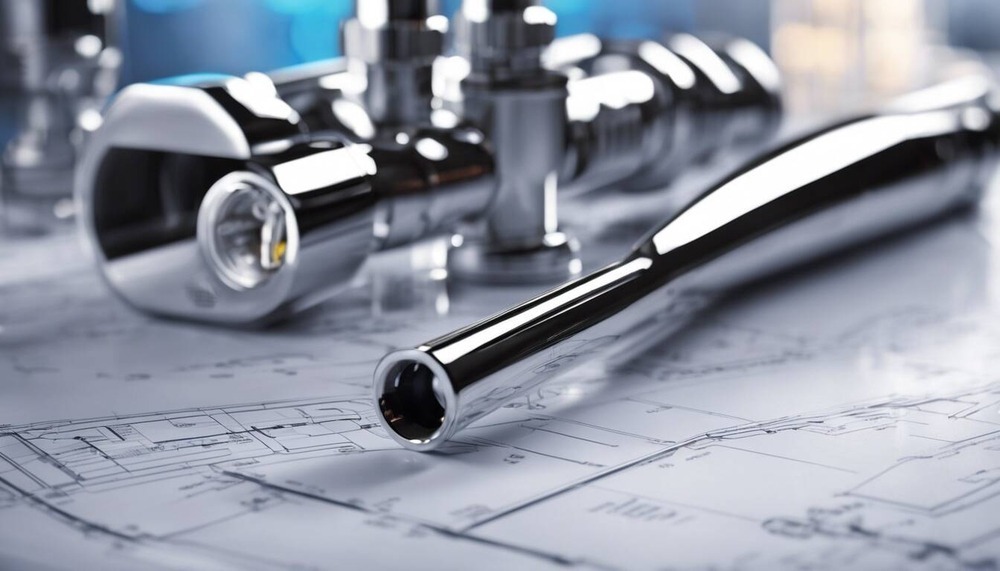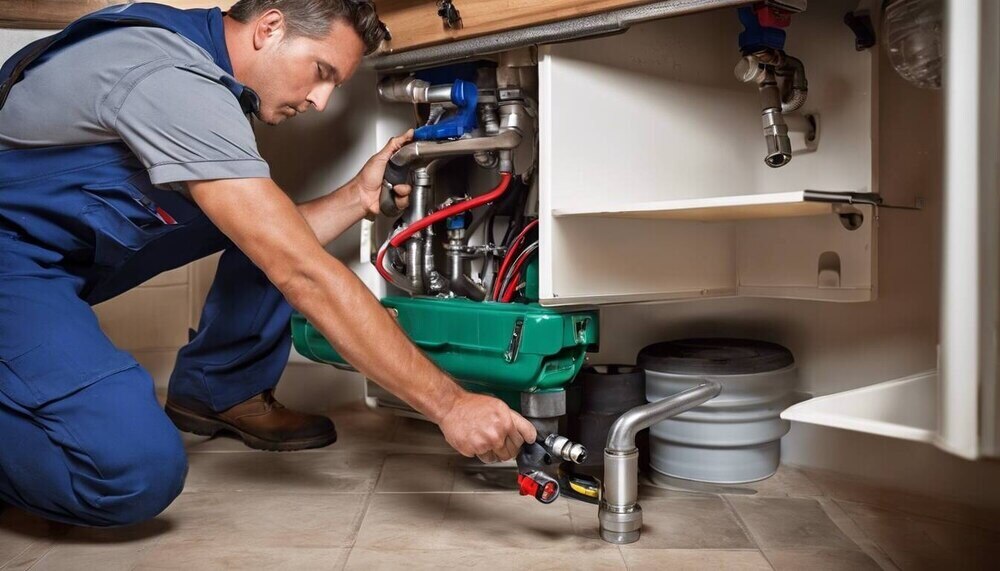
When it comes to dealing with a damaged or clogged sewer line, one of the first questions homeowners often ask is, “Should I repair or replace it?” Deciding between a spot repair and a full sewer line replacement can be tricky, as both methods come with their own sets of benefits and potential drawbacks. Understanding the differences between these two options can help you make an informed decision that best suits your home’s needs, budget, and long-term plumbing health.
Understanding Sewer Line Issues
Sewer lines are an essential part of your home’s plumbing system, responsible for transporting waste and water from your home to the municipal sewer system or a septic tank. Over time, these lines can become damaged due to various factors such as tree root intrusion, ground shifting, corrosion, or wear and tear. When problems arise, you’re often left wondering how to proceed.
Sewer line issues can manifest in several ways, including slow drainage, foul odors, or even visible leaks in your yard. If left unaddressed, these issues can lead to bigger, more expensive problems, such as flooding, raw sewage backups, or even structural damage to your home. This is where the decision to repair or replace your sewer line comes into play.
Spot Repair: A Quick and Cost-Effective Solution
A sewer line spot repair refers to addressing a localized issue in the sewer system, such as a small crack, hole, or tree root intrusion. In many cases, spot repairs are recommended when only a small section of the sewer line is damaged. By focusing only on the problematic area, a plumber can restore your system’s functionality without the need for a complete replacement.
One of the most significant advantages of spot repair is its affordability and speed. This method is typically much less expensive than a full sewer line replacement and can often be completed within a day or two. Spot repairs are also minimally invasive compared to full replacements, meaning there’s less disruption to your landscape and property.

Full Sewer Line Replacement: A Long-Term Solution
While spot repairs are ideal for isolated issues, a full sewer line replacement is sometimes necessary when the damage is widespread or if the pipe is severely deteriorated. This process involves digging up the entire sewer line and replacing it with new piping, which can be made from materials like PVC or cast iron.
A full sewer line replacement offers several benefits. First and foremost, it provides a permanent solution to your sewer line issues, ensuring that your plumbing system will continue to function properly for many years. If your sewer line is old, corroded, or prone to constant problems, a replacement can save you from needing frequent repairs.
Additionally, replacing your sewer line gives you the opportunity to upgrade to modern materials that are more durable and resistant to future damage. For example, PVC pipes are less likely to crack or corrode compared to older materials, providing a longer-lasting and more reliable plumbing system.
Deciding Between Repair and Replacement
So, how do you decide whether to go with a spot repair or a full sewer line replacement? The answer depends on several factors, including the age of your sewer line, the extent of the damage, and your budget.
If the damage is localized and your sewer line is still relatively young, a spot repair may be the most cost-effective and least disruptive option. However, if your sewer line is old, has recurring problems, or if the damage is widespread, opting for a full replacement may be the better choice in the long run.
It’s essential to consult with a professional plumber who can assess the condition of your sewer line and recommend the best course of action. A qualified plumber will have the tools and experience to diagnose the problem accurately and provide a solution that fits your home’s needs.
Conclusion
The choice between repairing or replacing a sewer line is crucial. Spot repairs offer quick, affordable fixes for localized issues, while full replacements offer long-term solutions for extensive damage. Understanding the pros and cons of each option helps restore your plumbing system and ensures home safety. Consult a trusted professional for guidance.





